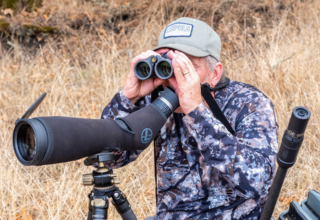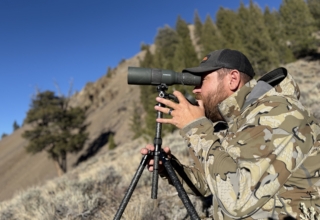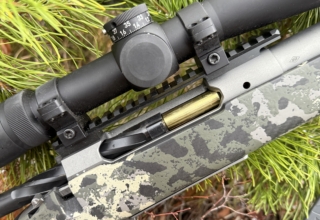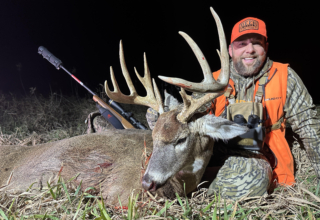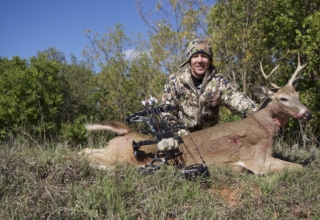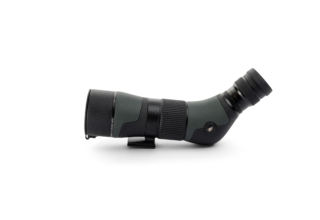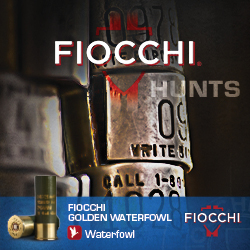Late-season turkeys can be difficult. Stack the odds of success in your favor by implementing these five decoy tips.
by Jace Bauserman
My April turkey season was magic. Birds were responsive to calls, and my three-bird decoy combo was killing it. I’d cut several arrows loose and jellied a few heads with a smattering of Winchester Long Beard #5s.
The month was a blur. Hunting four states and harvesting six gobblers meant a month of long days and short nights.
Still, I couldn’t wait for May. I had a single tag left to fill in my home state, and both boys were up to bat. I was certain my three-bird decoy set would continue its dominating spring run.
How wrong I was!
One week into the month, I’d watched six longbeards hang up outside shotgun range, and two others, both of which came in gobbling hard, ran the second they caught sight of the imposters.
Yikes!
One minute, turkey hunting seems as easy as flipping on a light switch; the next, it’s mission impossible. Though I crave the challenging times, the ultimate goal is fans bobbing over the shoulder, and when toms aren’t cooperating, you must adjust.
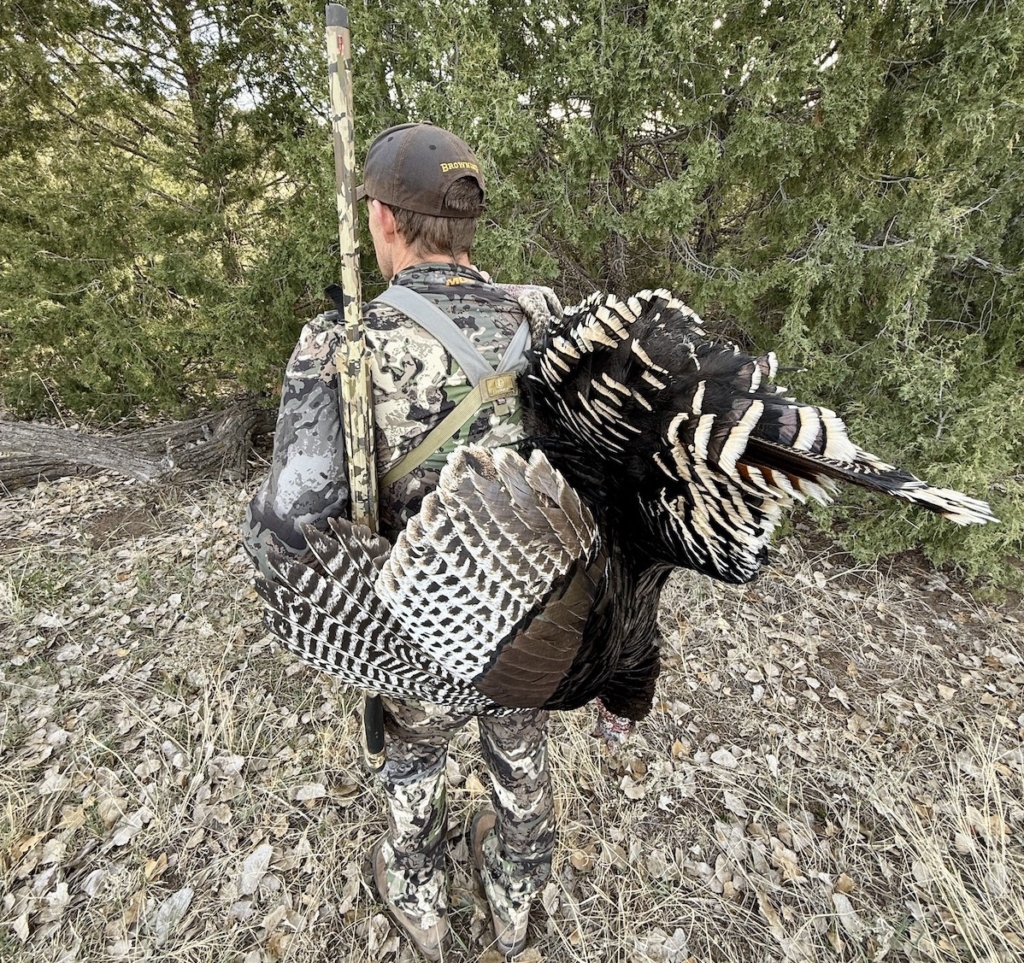
To come are five decoy tips that have served me well during the late season and when hunting pressured turkeys in general.
Here we go!
Make Him Small
Avain-X does not sponsor me, and the manufacturer gives me nothing to promote them. My three-bird spread typically consists of an Avian-X/DSD blend. However, the way birds respond to Avian’s LCD Half-Strut Jake often puts this boy bird fake in my spread.
What I love about the LCD Half-Strut Jake is its inflatable, lifelike nature. You can deflate the decoy and tote it in your turkey vest. Typically, though, I leave mine inflated and give it a ride it in its carry bag. This way, the decoy is ready for instant deployment.
The decoy’s body size is 15 percent smaller than that of a real turkey, and its sub-dominant posture works well on dominant gobblers and two-year-olds.
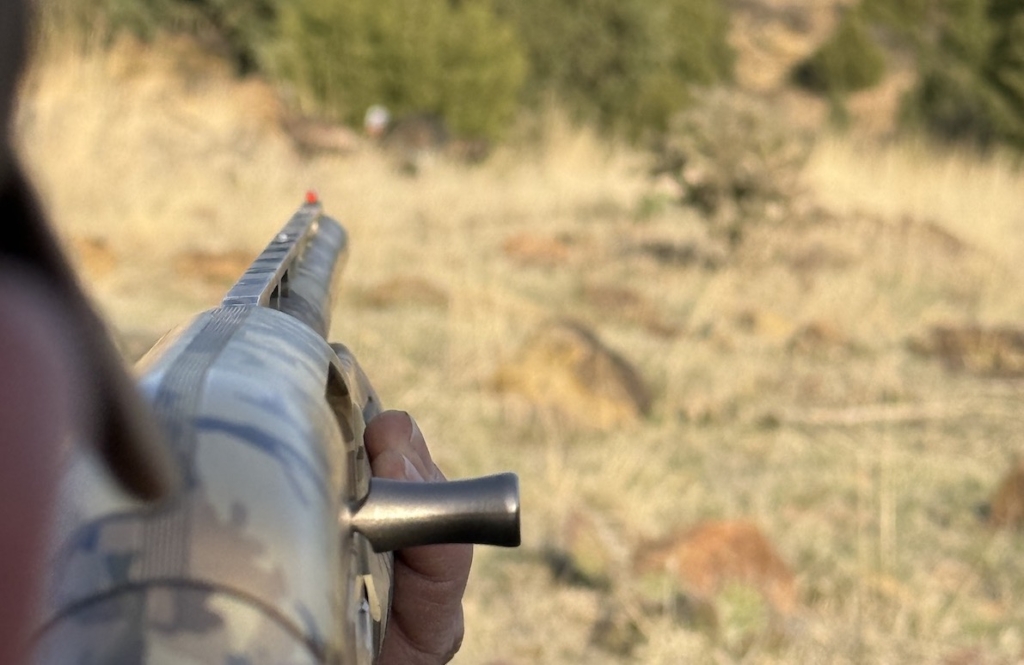
I use this decoy and Avian’s LCD Laydown Hen during the late season. The trick is shoving the carbon stake that comes with the Half-Strut deeper into the ground. The goal is to make the jake decoy seem even smaller and more submissive. Too many late-season hunters put jake decoys as high up on stakes as possible for visibility. I keep my jake fakes low to the ground. Give it a try. It works like a charm.
Make Him Breed
This late-season decoy tip follows the Half-Strut/Laydown Hen Avian combo. Early in the season, I typically leave three or four yards between the jake and the laydown. I do this so gobblers can walk between the jake and hen combo and assert their dominance. I want to push their dominance and desire to breed during the late season. This is accomplished by putting the jake directly over the laydown hen. This simulates a hanky-panky moment and can trigger an aggressive response from a gobbler.
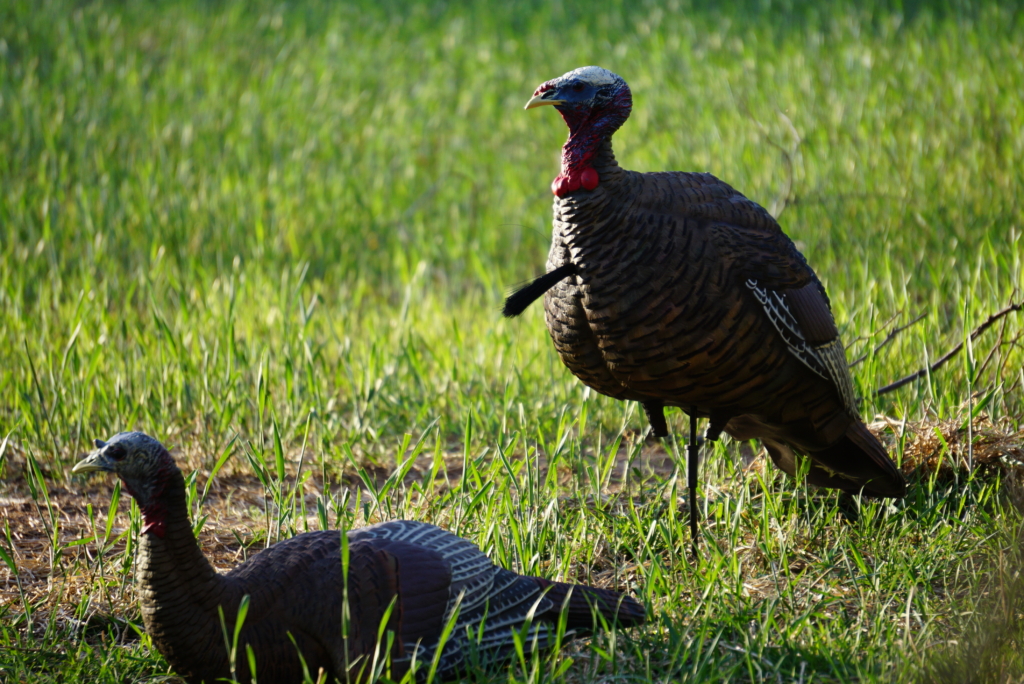
Go Pick A Fight
I can’t put a bigger stamp of approval on Ultimate Predator Gear’s Stalker Turkey. Available in MerRio and Eastern, these bow-mounted decoys weigh a mere 10.3 ounces and fold up to an 11-inch diameter disc. This makes them a breeze to tote around the woods, and they don’t add bow weight. Both bow-mounted decoys sport a shoot-through window, which means the full-strut decoys allow maximum cover between hunter and prey.
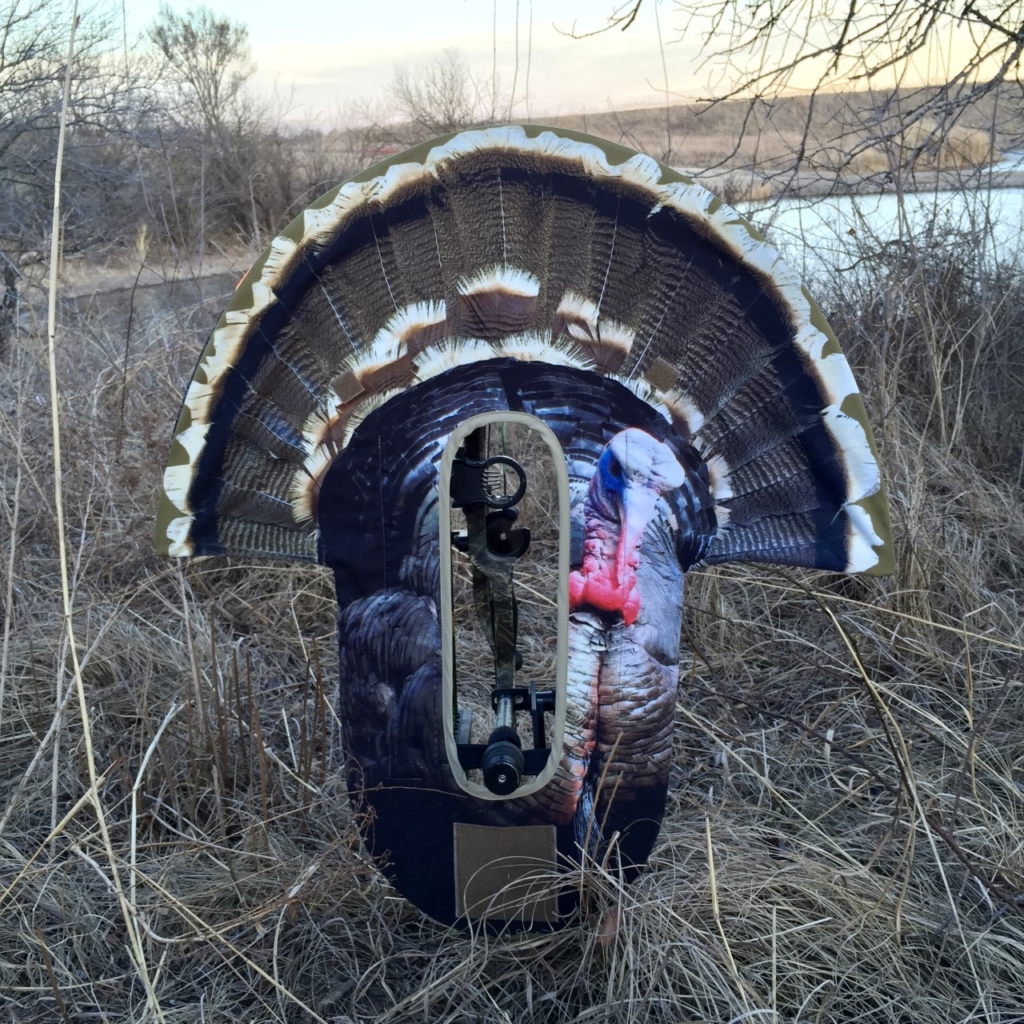
While I can’t recommend this decoy when hunting on public land due to safety issues, I highly recommend it when hunting on controlled private ground. Have I used it on public land hunts? Yes. If you do so, it’s at your own risk. The Stalker Decoys are incredibly lifelike. The durable, UV-free, quick-drying micro-suede fabric sports an actual turkey image.
When using this decoy, the goal is to slip within 200 (150 is better) yards of a gobbler, preferably one with hens, and show that gobbler bits and pieces of the fan. Think of when you’re glassing and see the top of a fan spinning in the brush. You lock onto that fan because you know it’s a tom and you want to keep eyes on it. You want the tom turkey you’re after to think the same. He needs to see some of, but not all (if possible), the fan to pique his interest.
I have also had luck showing boy birds the full decoy, but I start the process by showing bits and pieces when possible. When using this tactic, you’re roaming the woods looking for the biggest, baddest dude in town. When you find him, you challenge him. You let him know there’s another boss gobbler in town looking for his hens.
I’ve shot numerous late-season gobblers with a UPG Stalker Turkey. One was three yards away when the arrow left the string. The bird dropped strut and came on a dead run.
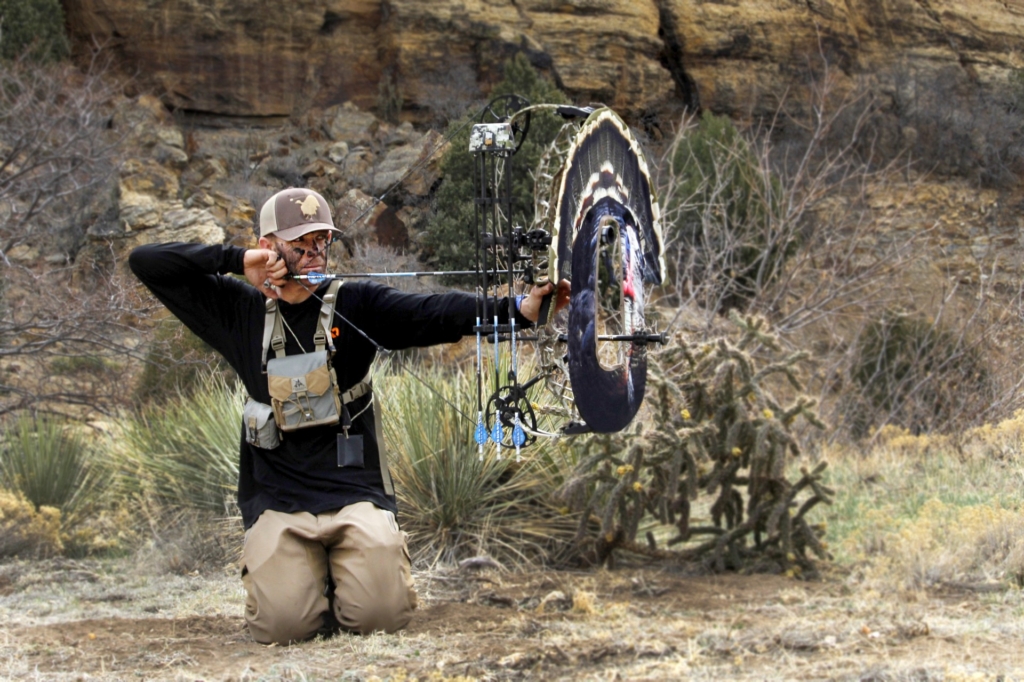
It is essential to understand that UPG Stalker Turkey bow-mounted decoys aren’t a magic wand. They don’t work every time. More times than not, especially during the late season, two-year-olds and other birds who’ve had their butt whipped will run the opposite direction. You have to find the right bird.
When a bird commits to the decoy, don’t fret over movement. Wear a black hoodie, jacket, or long-sleeve. If the bird does catch glimpses of your body, you want to look like a ball of black feathers. The incoming tom expects movement. Draw your bow back fluidly, settle in, and execute a good shot. Friends, there isn’t a more exciting way to hunt turkeys.
Just A Hen
During the late season, two-year-olds and other subdominant gobblers will often respond and come to calls. However, they typically do so while exercising extreme caution. They want to look at what’s around before finding themselves in the middle of another butt-kicking.
For this reason, when sitting in areas where a decoy is effective (open to semi-open areas), I lean on a single DSD Upright Hen. If I have a good idea of where the birds will come from, I position her looking away to boost curiosity. I like the decoy’s tall, upright nature. It increases visibility, and you won’t find a more lifelike turkey decoy.
When a bird, whether pressured or timid, can stop, see the decoy, and evaluate the situation, all the better. When they see no boy bird around, they tend to start closing the distance.

No Decoy
I hunt a lot of public dirt. During the late season, I find thicker areas where birds have pushed and go decoy-less. I aim to strike a bird in the timber and get slightly above or at the same elevation as the bird. I hate trying to call a bird downhill. It rarely works. The bird can stand on and edge, look down, even in thick terrain, scan, and know there isn’t a bird.
Calling a bird uphill causes it to come to investigate. Listen for gobbling, spitting, and drumming when shotgun hunting, and be ready to shoot when the bird periscopes his dome over the hill. That may be the only look he gives you.
When hunting on flat ground, get in the thick stuff. When a tom is looking for a hen in dense timber, he knows he must get close to the bird before he sees it. This gives you a distinct advantage. The trick is not waiting too long. When hunting in the timber, I shoot a bird the second he’s inside of 40 yards. Once the bird gets to a point he thinks he should see a decoy and doesn’t, the game is over.
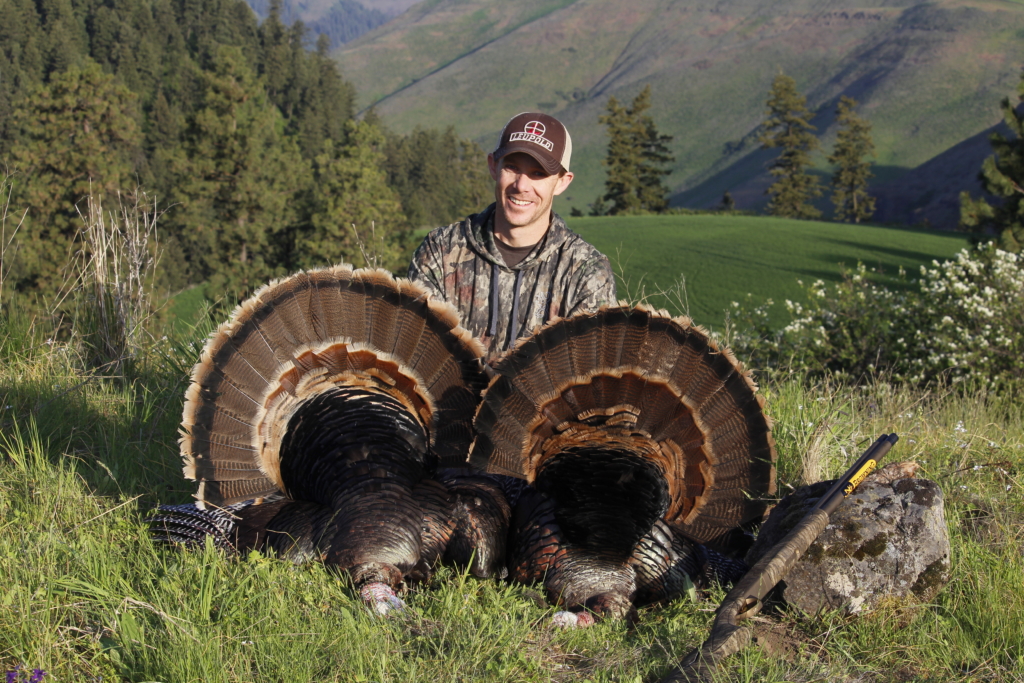
Final Thoughts
If May means pressured birds and late-season hang-ups, don’t fret. Put these tips and tactics to practice, and chances are good you’ll have breast meat and drumsticks for dinner.


